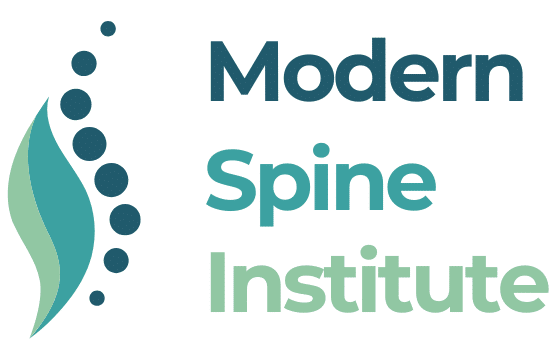According to Becker’s Spine Review, spinal surgeons performed over 1.6 million spinal surgeries in 2023. If you have a back issue, a spinal surgeon can help you manage and treat pain. Spinal surgeries are typically involved procedures, but with minimally invasive spine surgery, you can get traditional treatment faster and with less risk!
Contact the office of Grigory Goldberg, MD, to speak to the best spinal surgeon in NJ!
What Is Minimally Invasive Spinal Surgery?
A minimally invasive spinal surgery on the back that uses smaller incisions and causes less trauma than typical back surgeries. Unlike traditional back surgery, in which the surgeon might cut open the back with a single long incision, minimally invasive surgery uses multiple smaller incisions to reach the affected areas.
First, the surgeon makes a small incision and inserts a tubular retractor to open a path to the spine. Using this hole, the surgeon can find the placement of screws and rods without having to cut open a large portion of the back.
Doctors perform several types of minimally invasive spine surgery, such as lumbar discectomies, spinal fusions, and laminectomies.
Benefits of Minimally Invasive Spinal Surgery
Minimally invasive spinal surgery carries several benefits over traditional treatment methods, such as those listed below.
Less Pain
Back pain is already bad enough without the additional pain from a larger surgery. Minimally invasive spinal surgery is less painful, both during and after the procedure. The surgery cuts through less muscle and tissues, so the pain is not as bad, and there is less risk of tissue damage that can cause longer-lasting pain.
Faster Recovery
Additionally, minimally invasive spinal surgery takes less time to heal. Traditional back surgery can take anywhere between six and 12 months to heal, with an additional year of avoiding heavy loads on your back. In contrast, recovery from minimally invasive spinal surgery is faster, on the order of six weeks to three months. It will also take less time to recover to your full strength.
Lower Risk
Minimally invasive spine surgery also carries a lower risk than traditional back surgeries. Spinal surgery is risky in general because there is the risk of damaging the spinal cord and nerves or forming blood clots. Since minimal surgeries cut through less tissue and muscle, there is less chance the procedure causes systemic issues.
Scars Are Not As Visible
An often understated benefit of minimally invasive spinal surgery is cosmetic. Minimally invasive procedures produce fewer scars, and the scars they do produce heal cleaner and faster than those from larger surgeries. Minimally invasive procedures might produce a handful of small scars rather than a single large one that traditional surgery might create.
Spinal Surgery in NJ
Spinal surgery isn’t for everyone; read this blog post to see who is a candidate for minimally invasive spinal surgery. Contact Gigory Goldberg, MD, online to discuss options for minimally invasive spine surgery.
We accept most insurance plans, including workers’ compensation, no-fault, and PIP (personal injury protection). Same-day appointments may be available.
Minimally Invasive Spinal Surgery FAQ
If you have questions about minimally invasive spinal surgery, we have answers. Below are some of the most common questions we receive about minimally invasive spinal surgery procedures.
How Long Does it Take to Recover from Minimally Invasive Spinal Surgery?
It depends on the nature and scope of the surgery, but minimally invasive spinal surgeries usually take around six weeks to heal — significantly shorter than traditional open-back surgeries. However, exact timelines will depend on the specific procedure and your overall health. When you get the surgery, your doctor should give you a tentative healing timeline.
What Restrictions Will I Have After Surgery?
Typically, restrictions after back surgery include avoiding exertion and lifting heavy objects. You need to take it easy for at least six weeks so you can heal properly. Even after the pain is gone, you may have to work a bit to get your back up to full strength.
What Is the Success Rate for Minimally Invasive Spinal Surgery?
The success rate for minimally invasive spinal surgery is very high, although it differs depending on the specific procedure. One study found that minimally invasive techniques for treating spinal degeneration have a success rate as high as 90%
Does Minimally Invasive Spinal Surgery Have Side Effects?
Like all surgeries, minimally invasive procedures carry risks, most commonly:
- Blood loss
- Pain at the incision site
- Nerve damage
- Blood clots
- Infection
- Anesthesia complications
- Back pain persists
One study in the Annals of Translational Medicine found that minimally invasive spine surgery has a complication rate of about 6% — lower than the average for all types of surgeries.



